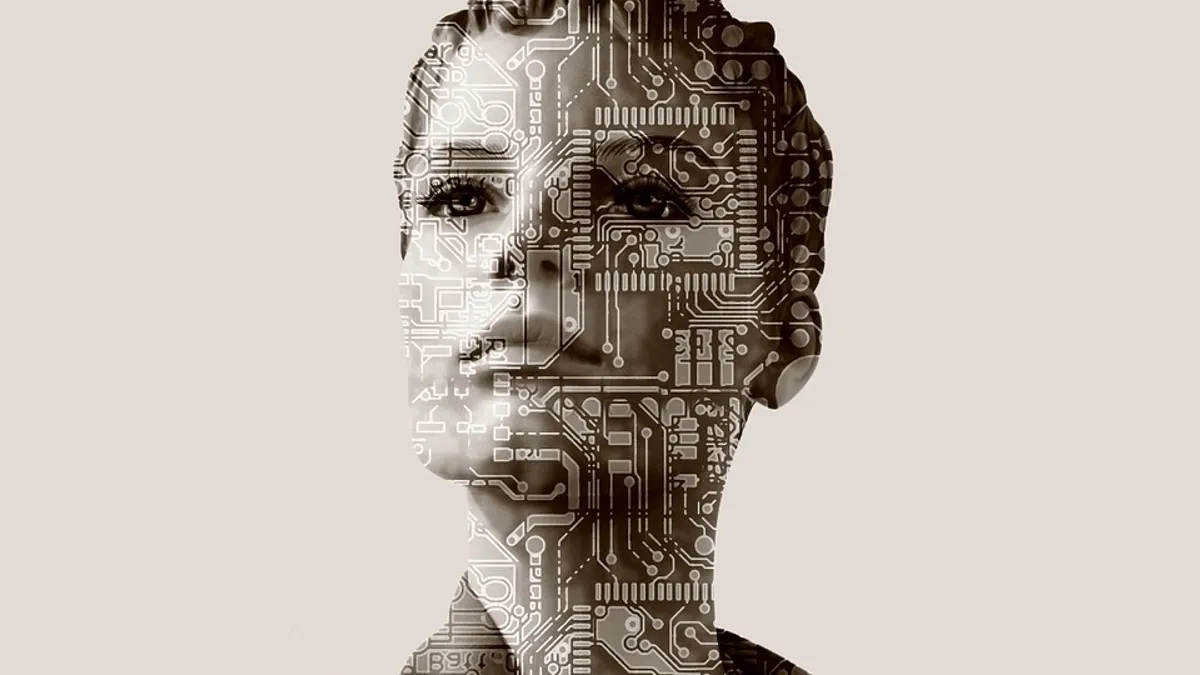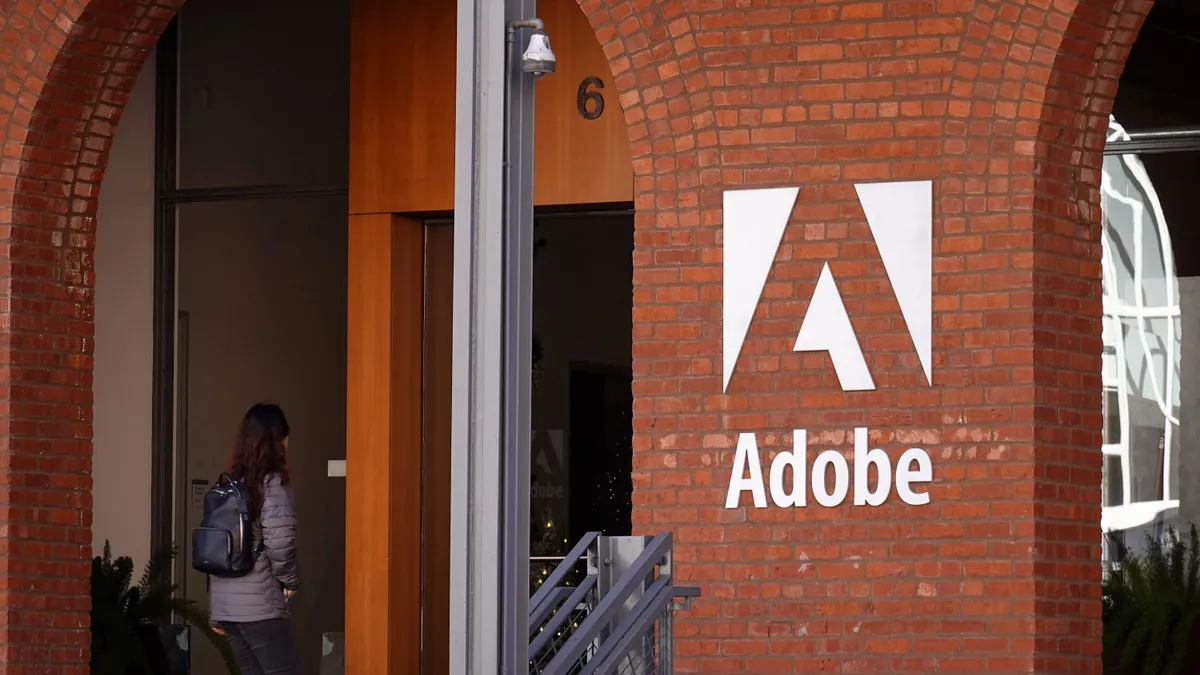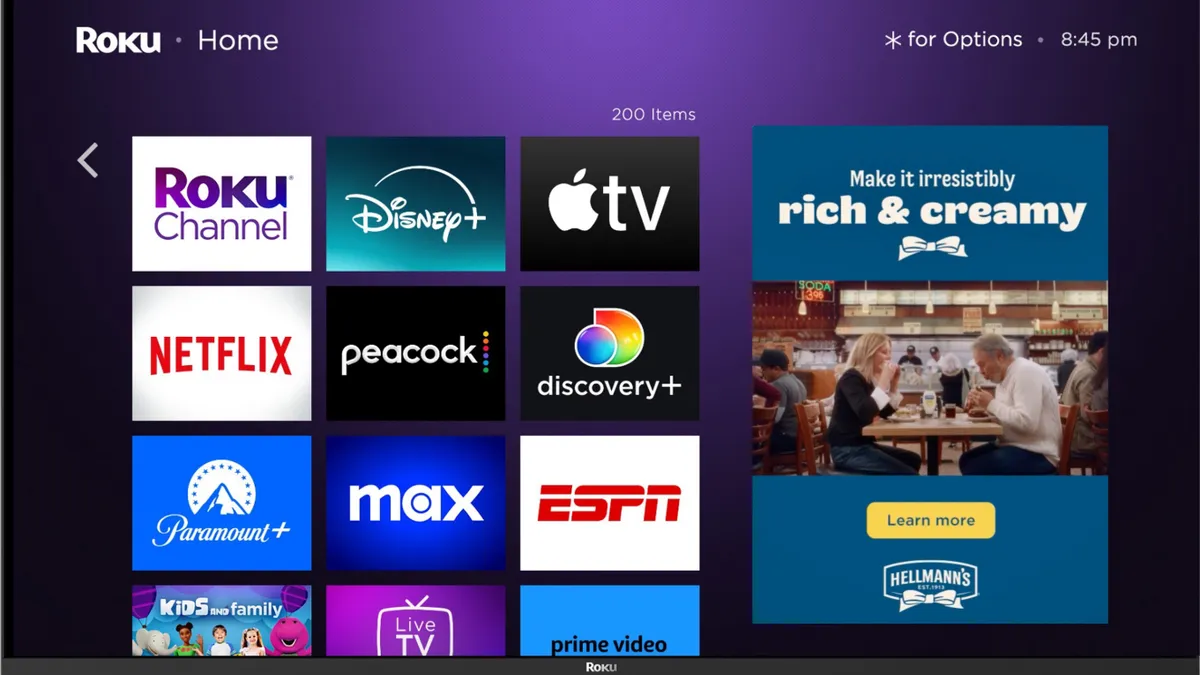Marketing seemed to step further into a sci-fi future this year through strides made in artificial intelligence, machine learning and automated interfaces. As a result, automation progressed from having a small role mostly via programmatic buying to being an exciting oddity, as shown by the interest in chatbots, to earning a prominent spot as a must-have for marketing's next era.
From the explosion of over 30,000 chatbots on Facebook Messenger to IBM’s ever-more intelligent Watson program, AI and its adjacent technologies demonstrated they’re more than capable of handling many of the mundane aspects of marketing — and some of the creative ones, too.
On the consumer front, buzz continues to abound for Internet of Things devices like Google Home and virtual assistants like Alexa. Behind-the-scenes, trends toward programmatic ad buying and placement far outpaced industry expectations, according to media buyers and analysts. The effect AI tech has had on the evolution of the way marketers and consumers think about digital has been hard to overstate, and only stands to grow going forward.
“We’re at the beginning of the AI revolution — we’re just starting to scratch the surface of what’s possible,” said Chris Pierantozzi, creative director at Saatchi L.A. “It’s going to create a whole new era within the marketing landscape.“
Programmatic's boom
While automated tools have played a prominent role in digital marketing since the early days of ad exchanges, 2016 proved to be a breakout period for their taking over the “rote and reptitive” aspects of business, according to Charlie Fiordalis, chief digital officer at the media buying agency Media Storm.
The ability to pass off significant amounts of optimization and data management to machines has ultimately freed up more breathing room for Fiordalis’s team and many others on the buy-side of the industry.
“We’ve seen a tangible decrease in the amount of time people need to spend on weekly reporting,” he said. “Our associate level was spending about 70% of their time there [...] and that’s gone down to 30%. It’s a really significant change — people can spend time figuring out what things mean rather than just organizing them.”
Programmatic advertising, which, again, isn’t strictly new in terms of automated technology, has regardless blown up in a way few industry analysts and insiders expected this year, with Fiordalis pointing out that even bellwethers like eMarketer have been surprised by its boom.
“Programmatic has moved from just a tactic to the center of media plans,” he said, estimating that anywhere between 60% to 70% of media plans can now be delegated to programmatic. “We’re now seeing through AI and automation that it’s possible to build a media system for any client that is closed-loop, where you actually know how well each piece of media is performing and can essentially mathematically solve systems.”
The system is far from perfect, however; some concerns have arisen about ads being automatically placed on publisher sites that don't necessarily align with a brand's values, which can make marketers wary of ceding responsibility to machine tools. Services like DoubleVerify, which essentially act as a human check on automated processes, are gaining traction in this space, and will likely continue to do so until AI is more capable of making judgment calls on top of performing repetitive tasks, according to Fiordalis.
Reaching the right consumer
Epsilon, a data-driven global marketing agency, has similarly used machine learning and artificial intelligence to glean deeper truths about consumers. Over the past 12 months, the technologies have grown to be “absolute essentials” according to Tom Edwards, who heads digital at the marketing shop.
“Artificial intelligence helps us drive conceptual messaging and creative to the right consumer at the right time.”

Tom Edwards
Chief Digital Officer, Agency, at Epsilon
“When it comes to the more data that’s out there, the ability for us to process that in any meaningful way [...] has to be automated,” Edwards said. The importance of AI tech led Edwards to recently launch a dedicated unit for automated data design and management that better integrates the technology to drive new narratives.
“For us, the past year has really been focused on taking traditional brand planning and digital strategy and aligning the idea of cognitive computing on top of that,” he said. “Artificial intelligence helps us drive conceptual messaging and creative to the right consumer at the right time.”
But while the complete automation of certain marketing tasks seems more within reach than ever, Fiordalis suggested major gaps still exist, namely in how machine programs account for glaring errors or unusual numbers in fields like clickthrough rate. The failures of automated programs to manage outlier data has led some clients to mistrust the technology and ensured humans must continue to monitor for unusual figures — but it’s an issue that may start to resolve itself.
“The next level of advancement is safety bands around numbers that can be set,” said Fiordalis. “If something is off — if an automated system is generating something outside of a comfort zone or expected value — it will flag that for us. That’s the next level of automation.”
Outside of media planning and buying, customer service tools like chatbots also still require what Edwards referred to as the “centaur approach,” where a human team monitors the technology to prevent it from going haywire — which it certainly did in 2016, to disastrous PR results.
Chatbot chatter
In late March of this year, Microsoft, perhaps glomming onto conversational interface hype, devised a plan to experiment with chatbot technology: It would create a Twitter profile called Tay that, like many machine interfaces, would learn more as it interacted with and parroted user inputs. The effort was an uncontested failure, as Microsoft's bot quickly devolved into a sexist, weed-loving anti-Semite, thanks to the generous contribution of Twitter trolls.
“The old school, sci-fi, 1970s definition of artificial intelligence that asks: Is this entity operating like a human? That’s not a reality at all.”

Alanna Gombert
General Manager at IAB Tech Lab
Tay’s public flub demonstrated how the media buzz surrounding some AI programs often doesn’t match their real-world functionality. The term “artificial intelligence” may conjure heady pop culture images of truly autonomous machines — there’s even a Steven Spielberg movie about it — but the reality is the technology remains a purely complementary tool in almost all use cases.
“It’s very noticeable that algorithms are actually performing these tasks,” said Alanna Gombert, GM of the Interactive Advertising Bureau's Tech Lab arm. “The old school, sci-fi, 1970s definition of artificial intelligence that asks: Is this entity operating like a human? That’s not a reality at all.”
Like the current limitations on automated data management agency-side, customer service chatbots need Edwards’s “centaur approach.” But the massive wave of branded chatbots on platforms like Facebook Messenger, and the recent introduction of conversational support on competitors like Twitter and even Kik, show bots had a breakout year for the mainstream, and are quickly becoming an essential component to customer care and retail approaches across industries.
“At the end of the day, chatbots are the future,” Dean Withey, CEO of the messaging solutions platform ubisend told Marketing Dive in November. “It’s the way we’re all going to be talking and communicating with brands and businesses [...] it just needs another couple of months to hit the main consumer industry.”
Virtual assistants like Apple’s Siri, Amazon’s Alexa and, most recently, Google’s Allo have shown they're capable of advanced conversations and personalized suggestions for users. Most of those programs have had years of interactions to build upon, but as early chatbots and their kin more widely infiltrate the market heading into 2017, they will rapidly improve in functionality. Gartner predicted in October that, by 2020, 30% of web browsing sessions will happen without a screen, a shift that will be driven in part by the language capabilities virtual assistants and chatbots provide.
“In about 18 months, maybe two years time we’ll actually look back and joke about how we were so reliant on screens and computers and how we didn’t talk to them more naturally,” Withey predicted.
Soon, consumers might have individualized personal assistants connected to multiple devices that will be as easy to set up as a social media account, he added.
“It will know what we’re doing, where we’re going, our history, who our friends are and what things we like or don’t like,” Withey explained. “And obviously you can then integrate that with how business and customer service will work because they will be communicative on our behalf, all day, every day.”
New creative horizons
Now that AI and conversational interfaces have shown they’ll soon be able to handle the big data and customer service aspects of marketing, the next frontier to push into is the automation of creative processes. One of the most impressive recent examples of how AI is being transformed into a creative paintbrush was this year’s “The Next Rembrandt” campaign, according to Saatchi’s Pierantozzi.
The collaborative project between Microsoft, ING and J. Walter Thompson — which launched in April and won 16 Cannes Lion awards this summer — aggregated information on all of the 17th-century Dutch master’s works and then applied machine predictive analytics to formulate what his “next” masterpiece would look like.
“It was one of the first times we’ve seen data being used in such a human fashion,” Pierantozzi said, adding that the campaign proved automation is not just about data alone anymore, but how data can spur “something that is culturally relevant.”
In late October, IAB Tech Lab launched its dynamic creative content standards for public comment, showing that industry-wide best practices are emerging on the imaginative side of automated advertising. Even social players have become vested in the automated creative space, with Facebook recently testing an AI platform called Caffe2Go that reconfigures smartphone images and videos to look like an artist’s work in real-time.
“The churn and the innovation in the space are profound,” IAB’s Gombert said. “Every year you have to learn something new.”
While J. Walter Thompson’s project with “The Next Rembrandt” stands as more of a tech demonstration than a traditional brand campaign, it hints at the massive potential hidden at the intersection between machine analysis and human art and innovation.
“Data is going to be at the heart of all advertising and marketing moving forward,” said Pierantozzi. “That is just the natural evolution of where creative is going, and ‘The Next Rembrandt’ is a really good example of why.“























